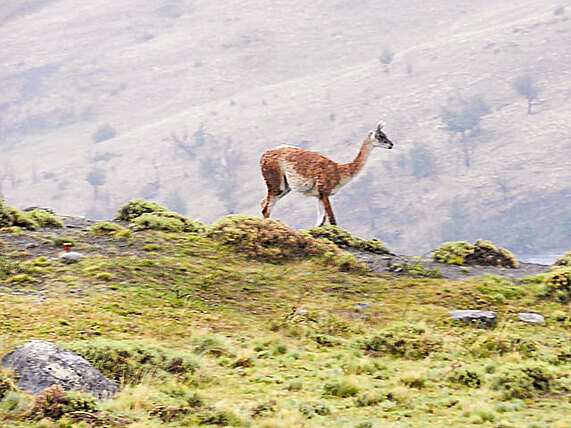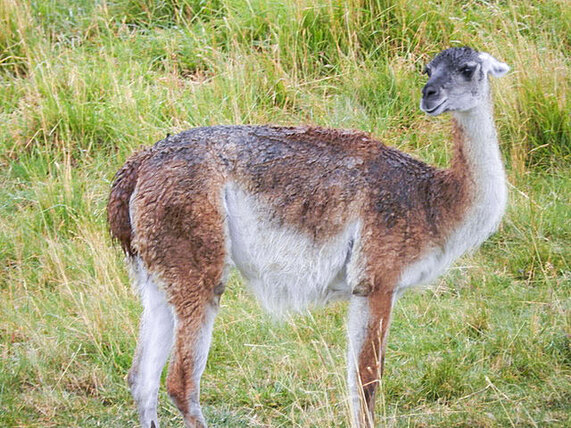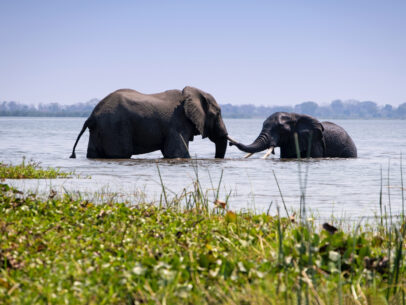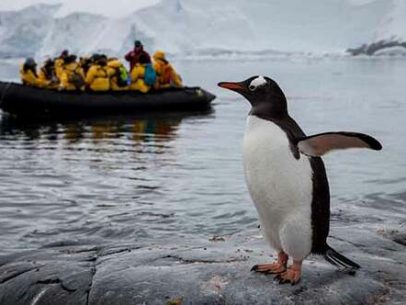
The Bird’s Word Blog
Patagonia Guanacos: No shortage of photo opps

What do you get when you take a camel, remove its humps, shrink it, and set it down in South America? A guanaco. Head to the Patagonia region, and odds are you’ll see a lot of them. Here, Journeys traveler Kay Knapton shares her experience with these herd mammals—and how her group went from unabashed excitement to blasé familiarity.
As our tour bus traverses the dry, bleak, brown barren wind-swept scrubland of our first day in Patagonia, a cry goes up from some of our group, “Stop! Stop the bus!”
Startled, our guide queries, “Why?”
Eager tourists are pointing at their first siting of a lone guanaco grazing at the side of the road. Conditioned by fleeing wildlife in our Pacific Northwest woods, our photographers want to be certain they capture this South American animal on their devices while they can! The guide tempers his response with, “You’re going to see lots of them on this trip.” But our group insists, and the bus driver rolls to a stop—as he rolls his eyes at us.
Photos captured, the drive to camp at Torres del Paine continues.

In the ensuing days, we saw many guanacos, brown and white delicate relatives of the llamas and members of the cameloid family. Unafraid of the humanoids invading their territory, they posed on the crest of hillsides, beautifully silhouetted against a backdrop of snow-capped peaks.
We saw single guanacos, moms with their youngster in tow, early morning clusters still nestled where they had bedded for the night, herds grazing through out the day, some impudently casting a gaze upon us as if to question our right to be there, others edging away to maintain their comfort zone with our presence. There was no shortage of photo opportunities of guanaco!
On our return trip our tour members barely stirred as we passed guanacos. Familiarity with the species did not breed contempt but acknowledgement that guanacos range and rule over the grasslands of Patagonia, not threatened by human contact. Were somebody to ask us to pull over for a photo, it would have been our turn to roll our eyes.

Design an adventure with Journeys International!
With over 40 years of experience, we create experiences that match your goals.
Start Planning






